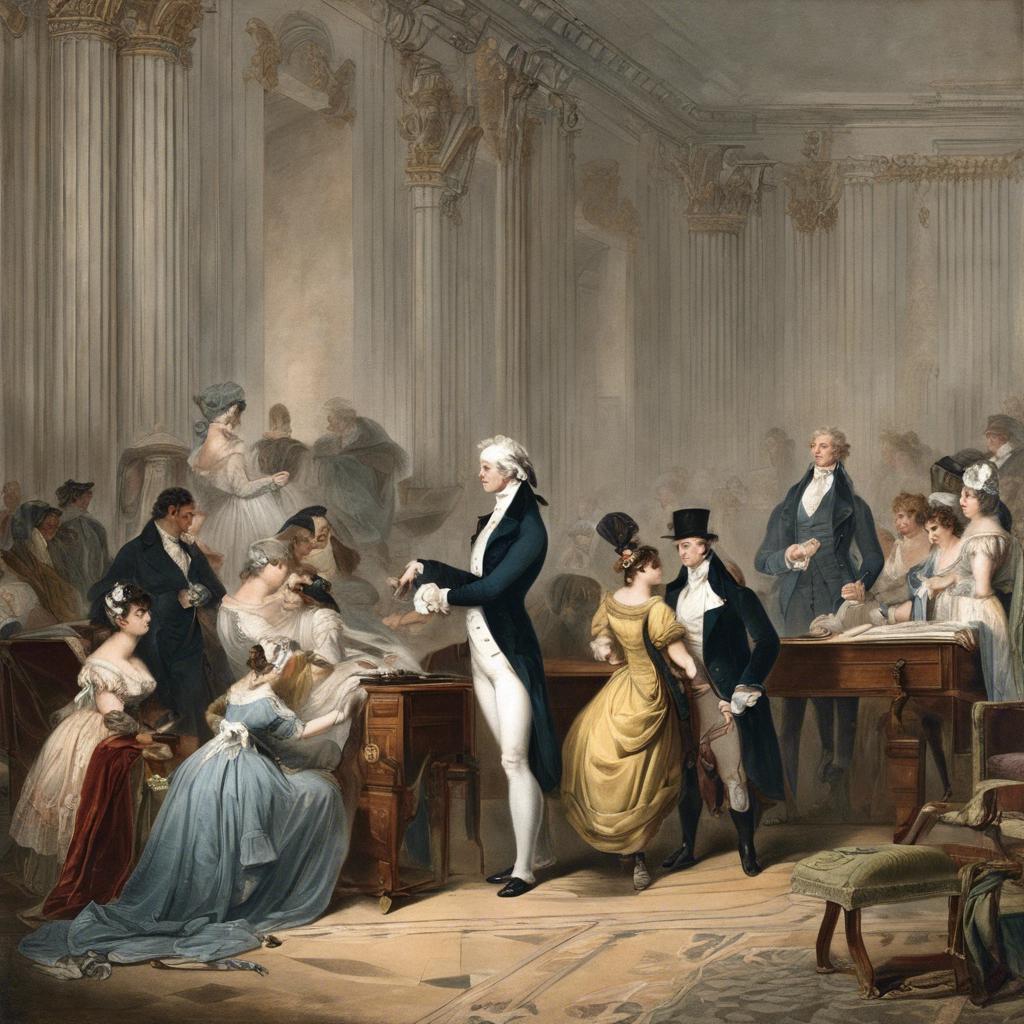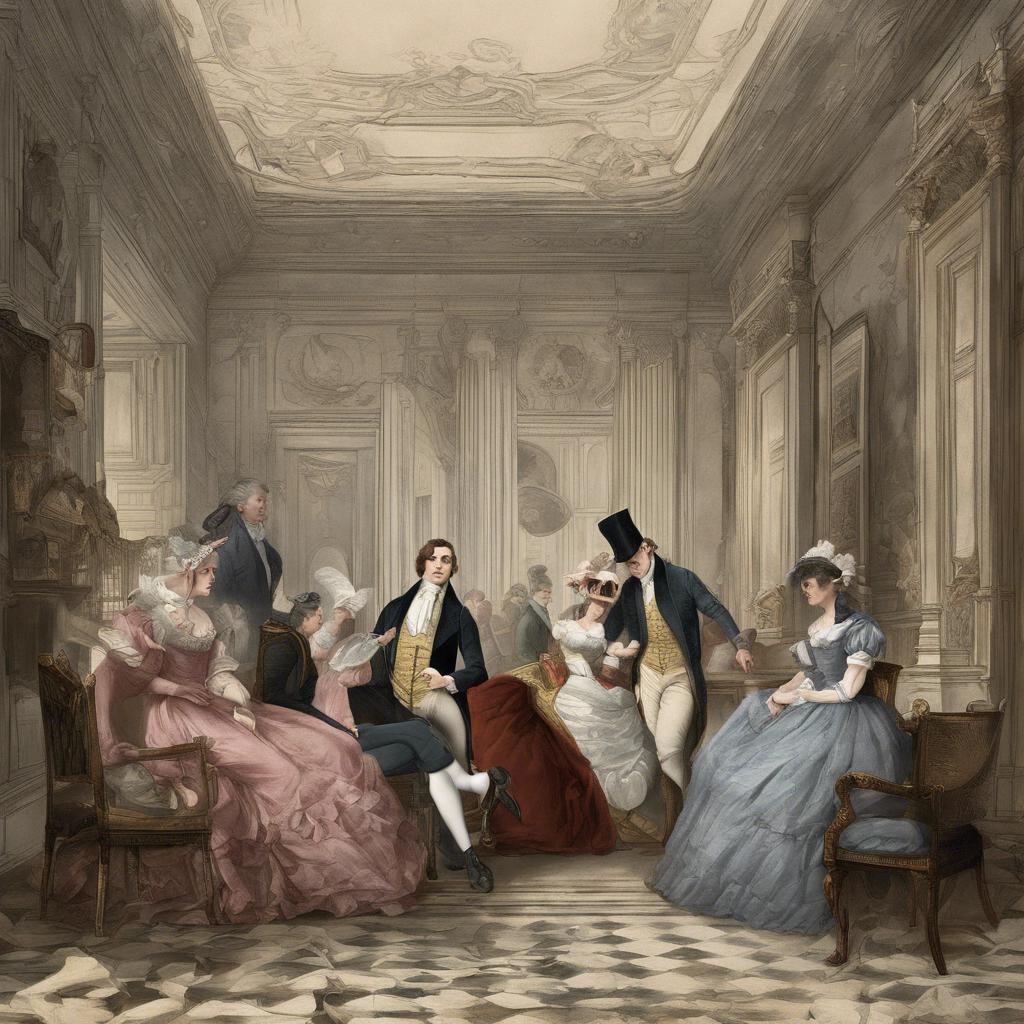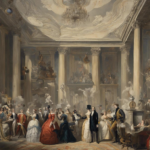The Regency Era, a period marked by cultural, societal, and political transformation in early 19th century England, is often a point of fascination for historians and enthusiasts alike. One of the most common questions surrounding this era is the duration of its reign. In this article, we will delve into the nuanced history of the Regency Era to uncover the answer to the question: How long did the Regency Era truly last?
Step Into the World of Cheryl Bolen
Dive into the enchanting stories of love, intrigue, and elegance set in the Regency Era. Cheryl Bolen's novels offer timeless romance and captivating tales that will leave you wanting more.
Explore Cheryl Bolen's Books Now
Origins and Duration of the Regency Era
The Regency Era, also known as the Regency period, was a time in British history that spanned from 1811 to 1820. It was marked by the rule of King George IV as Prince Regent, due to the mental illness of his father, King George III. The era is often associated with elegance, romanticism, and cultural change, as it followed the strict and formal Georgian period.
During the Regency Era, the fashion, architecture, and literature of England underwent significant transformations. The influence of the Regency style can still be seen today in the refined Regency furniture, the grand Regency buildings, and the timeless works of authors like Jane Austen and Lord Byron. The Regency Era is also known for its extravagant social events, including elaborate balls and parties that were attended by the elite of British society.
Despite officially lasting from 1811 to 1820, the Regency Era’s impact extended beyond these years, shaping the cultural landscape of England for decades to come. Even after King George IV took full power in 1820, the Regency style continued to influence art, fashion, and literature well into the Victorian era. The legacy of the Regency period can still be felt today in the enduring popularity of Regency-inspired literature, film adaptations, and historical reenactments.
Key Events Shaping the Regency Era
The Regency Era, which followed the reign of King George III, lasted from 1811 to 1820. This period in British history was marked by several key events that shaped society, politics, and culture during this time. Some of the most significant events that occurred during the Regency Era include:
- The Regency Act of 1811, which established Prince George of Wales as the Prince Regent due to the mental incapacity of King George III.
- The Napoleonic Wars, which took place from 1803 to 1815 and had a significant impact on British society and politics.
- The social and cultural changes that took place during this time, including the rise of Romanticism in literature and art.
the Regency Era was a period of transition and change in British history, with lasting impacts on society that continue to be felt today.
Social and Cultural Characteristics of the Regency Era
The Regency Era spanned from 1811 to 1820, following the period when King George III was deemed unfit to rule due to his mental illness. During this time, his son, the Prince of Wales, served as Prince Regent, hence the name of the era. Despite officially lasting only nine years, many historians extend the Regency Era to include the years leading up to and following this period, encompassing a broader cultural shift in England.
Key Social Characteristics of the Regency Era:
- The period was marked by a distinct focus on leisure and luxury among the upper classes, with elegant parties, gambling, and horse racing being popular pastimes.
- Fashion trends during the Regency Era were heavily influenced by the silhouette known as the Empire waist, characterized by high waistlines and flowing fabrics.
- Literature and the arts flourished during this time, with the works of Jane Austen and Lord Byron gaining popularity for their keen observations of society and romantic themes.
Key Cultural Characteristics of the Regency Era:
- Architecture and interior design in the Regency Era were influenced by neoclassical styles, with a revival of Greek and Roman motifs.
- The Industrial Revolution was in full swing during this time, leading to advancements in technology and changes in working conditions for many English citizens.
- The Regency Era is also known for its political unrest, with debates surrounding issues such as parliamentary reform and the abolition of the slave trade gaining traction.
Unraveling the Legacy of the Regency Era
The Regency Era, often romanticized in literature and film, was a period in British history that followed the madness of King George III. This era is typically associated with elegance, extravagance, and scandal, making it a popular topic for historical enthusiasts.
Contrary to popular belief, the Regency Era did not last as long as some may think. The official Regency period began in 1811 when Prince George, the Prince of Wales, was named Regent due to his father’s illness. The Regency period officially ended in 1820 with the death of King George III, as Prince George became King George IV.
Despite lasting for just under a decade, the Regency Era left a lasting impact on British society. It was a time of great social change, with the rise of the Romantic movement, increased industrialization, and shifting political landscapes. The legacy of the Regency Era can still be seen in architecture, fashion, and literature today.
Insights and Conclusions
the Regency Era, characterized by the rule of King George IV and the Prince Regent, lasted from 1811 to 1820. This period of British history was marked by significant social, cultural, and political changes, leaving a lasting impact on the country and its people. Though brief in duration, the Regency Era remains a pivotal chapter in the annals of British history, continuing to captivate scholars and enthusiasts alike with its unique blend of tradition and innovation. As we reflect upon this fascinating era, we are reminded of the enduring legacy of the Regency period and its importance in shaping the course of British history.


